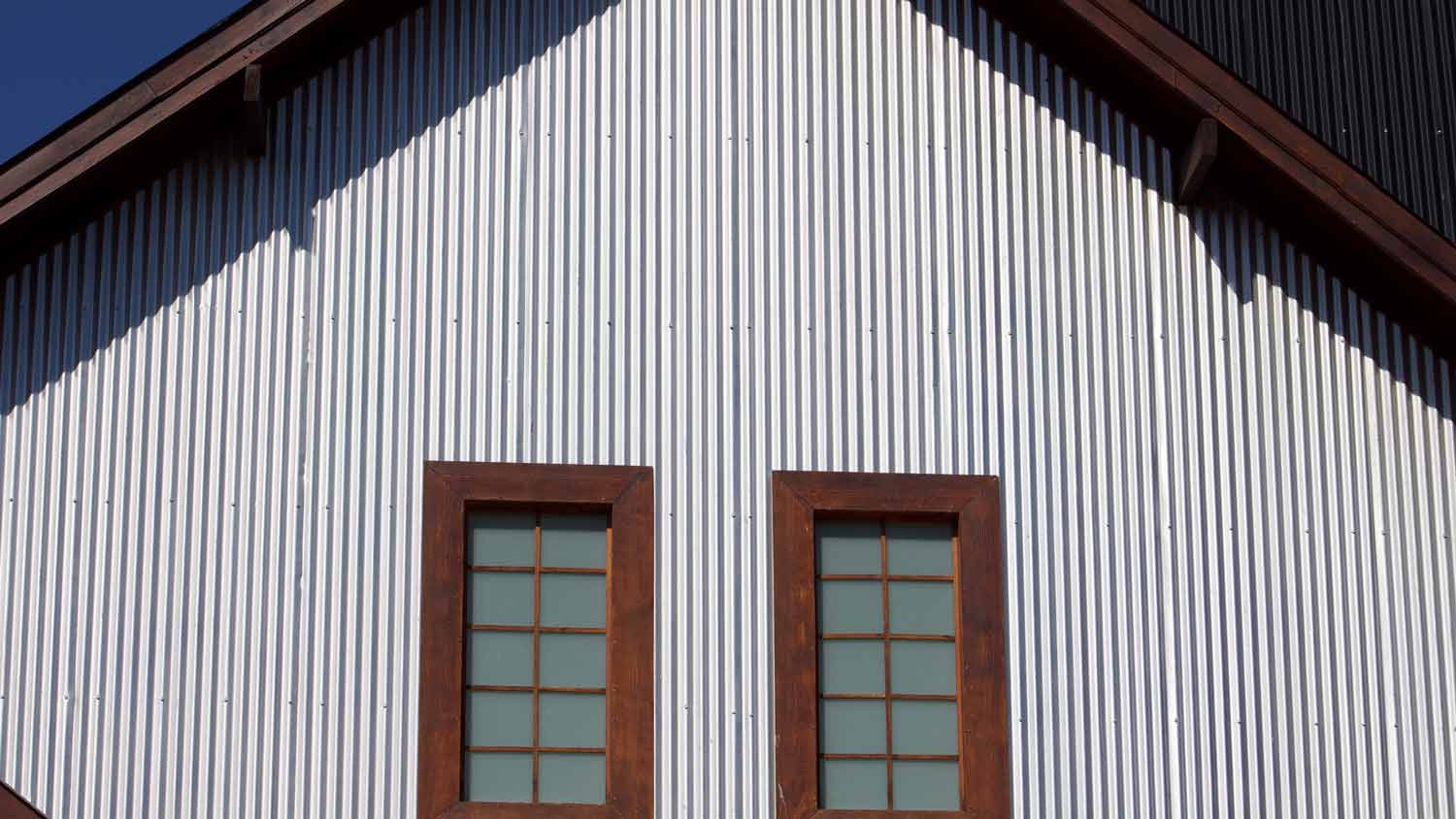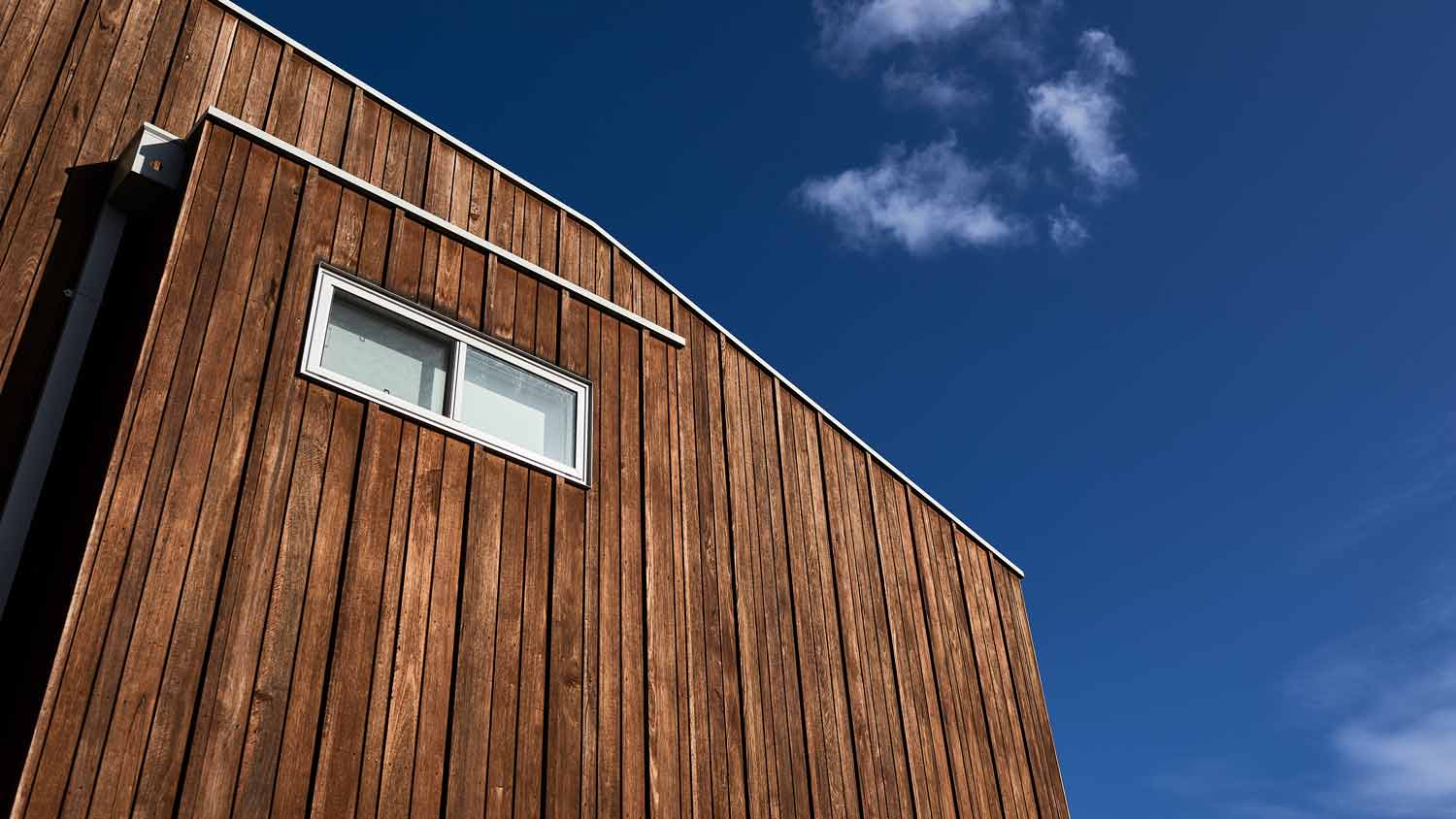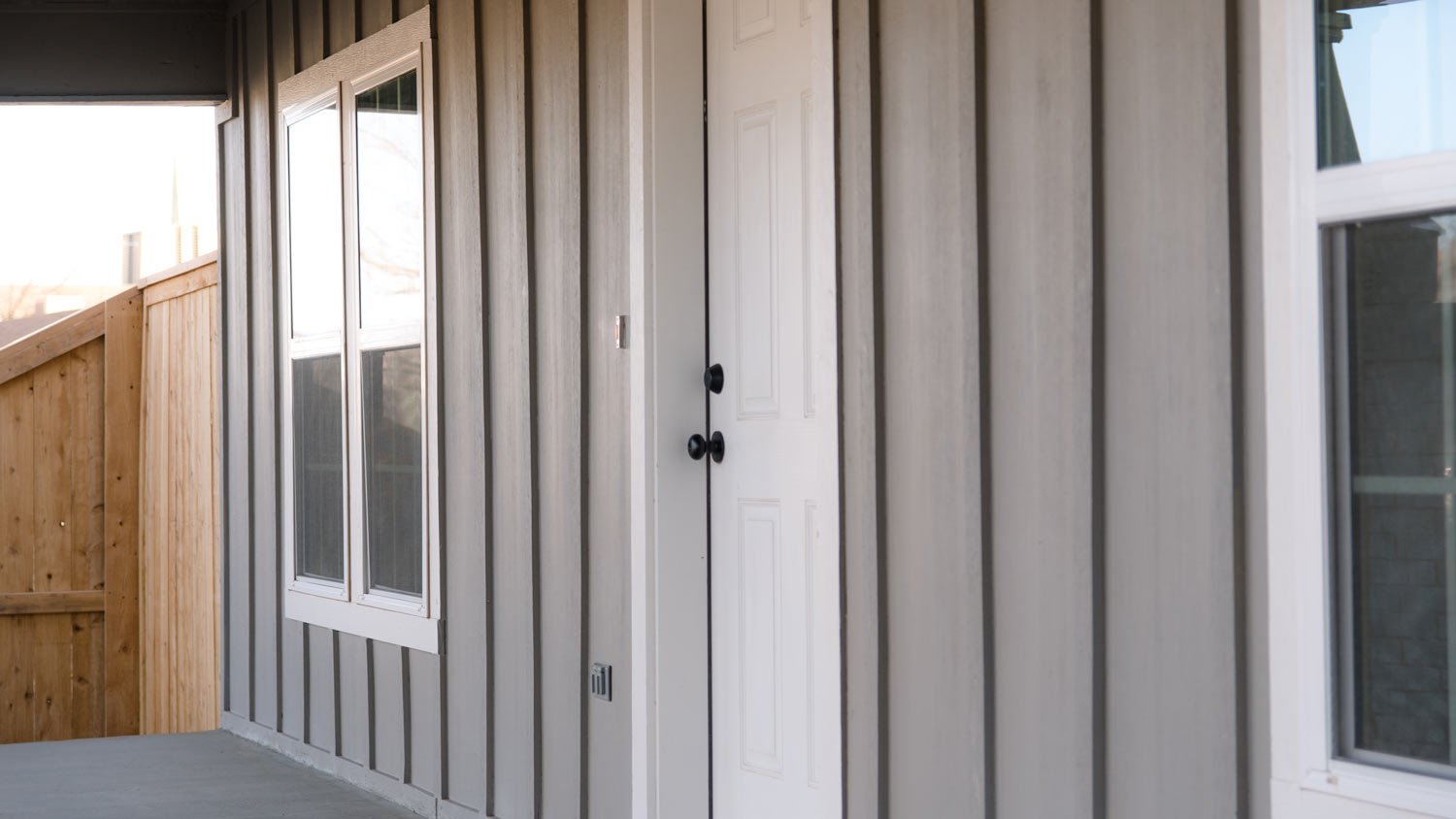
Discover the cost to install exterior trim. Learn about price factors, labor, materials, and ways to save on your exterior trim installation project.
Go natural or modern with these vertical siding options


Are you renovating your house and wondering what type of siding to choose? If you are searching for a fresh, modern look, vertical siding options may be the best choice for your home. There are many different vertical siding styles to choose from that offer aesthetic appeal and structural benefits. Learn about the best vertical siding options, their pros and cons, and the various styles available.

This is one of the most popular vertical siding options on the market. Vertical vinyl siding is made from polyvinyl chloride resin. It comes in a variety of colors, so you are not confined to one option. It is long-lasting due to its durability against pests, moisture, and rot, and it is even scratch-resistant.
Like other vertical siding, it runs up and down rather than side to side like horizontal siding, which allows water to flow downwards and reduces the risk of water damage to your home.
| Pros | Cons |
|---|---|
| Comes in a wide variety of colors and textures | Appearance may not be aesthetically pleasing to specific home shapes |
| Low maintenance and easy to clean | Installation may require more materials than horizontal siding |
| Durable against elements and pests | Potential damage if not installed correctly |
Best For: Homeowners that want a sleek design that is easy to maintain

If you love the idea of a modern streamlined look, metal vertical siding is for you. It is made with aluminum or steel, making it one of the most fire-resistant vertical siding options available. So, this is an excellent choice if you live in an area prone to wildfires. It is also extremely durable against severe weather such as hail, rain, and strong winds.
It also has a long lifespan and can last for several decades, depending on the type you choose and if it is properly maintained.
| Pros | Cons |
|---|---|
| Fire-resistant and non-combustible | More expensive than other vertical siding options |
| Durable against harsh elements | May amplify noises |
| Aesthetically appealing | Complex to install |
Best For: Homes that are prone to wildfires and extreme weather

Wood vertical siding adds a rustic charm and natural look to your home. This siding can be made from various types of wood, such as spruce, cedar, and plywood. Wood siding is also considered sustainable because it is a renewable source and requires less manufacturing energy.
It also offers plenty of options when it comes to the type of wood you can choose from, and it is customizable. Another benefit of wood siding is that it can boost the value of your home. However, it requires more maintenance than other options and can be susceptible to moisture and insects. So, keep that in mind when deciding if it’s the right pick for your house.
| Pros | Cons |
|---|---|
| Variety of types to choose from | Needs regular maintenance |
| Eco-friendly | Not fire-resistant and poses a higher risk |
| May increase the value of your home | Less durable against pests such as termites |
Best For: Homeowners that want a natural look and eco-friendly option

This is one of the most versatile vertical siding options available. It can be made to look like anything from wood grain to stucco, so you have your pick of various colors, textures, and styles with this type of siding. The most appealing thing about fiber-cement siding is that it requires little maintenance.
It’s extremely durable and fire-resistant, and it can also last between 30 and 50 years. So, it’s a prime pick for homeowners searching for resilient siding with a long lifespan. The downside is that it needs to be painted about every 10 to 15 years. But, that’s still much less maintenance than other types may need.
| Pros | Cons |
|---|---|
| Wide variety of styles available | Difficult to install |
| Fire-resistant and durable against severe weather | Requires repainting every 10-15 years |
| Long lifespan | More costly than other types of siding |
Best For: Homeowners that want long-lasting durable siding and various styles to choose from

If you want the wood look without high maintenance, you should opt for engineered wood siding. This material is made with layers of wood and resin, and a high-quality hardwood veneer is adhered to the top. It is also coated with polyurethane for added protection. Although it contains wood, it requires less maintenance than traditional wood siding.
It is also lightweight, which makes it easier to install. Another perk is that it can be cost-efficient, so it’s great for homeowners on a budget. However, it can split and warp, and may be susceptible to impact damage. It’s also less resistant to fire and moisture, so consider these factors when buying as well.
| Pros | Cons |
|---|---|
| Easier to install | Susceptible to splitting and warping |
| More affordable than other types of vertical siding options | Susceptible to impact damage |
| Requires less maintenance than traditional wood siding | Less resistant to fire and moisture |
Best For: Homeowners on a budget that want a natural look
Now that you know about the various vertical siding options available, let's look at a few of the most popular styles.
Board and Batten: This vertical siding style consists of alternating wide vertical boards with narrow vertical strips called battens. The boards are usually made with engineered materials or wood. Board and batten siding is considered to be a timeless design style for homes.
Tongue and Groove: With this style, the boards interlock like puzzle pieces, featuring a clean look that effectively protects the home from the elements. Since tongue-and-groove panels fit so tightly together, they provide better insulation, making it an ideal style for colder climates.
Shiplap: You will find shiplap being used inside and outside of homes. This vertical siding style features boards that have a groove cut in the top and bottom to fit snugly together. This design is often associated with farmhouse and contemporary styles.
While you may be able to install some types of siding yourself, it’s best to hire a professional siding contractor to do the job for you. If the siding isn’t installed correctly, it can cause a slew of issues. So, it’s best to leave the big renovation tasks to the pros.
From average costs to expert advice, get all the answers you need to get your job done.

Discover the cost to install exterior trim. Learn about price factors, labor, materials, and ways to save on your exterior trim installation project.

Not sure how much vinyl siding costs? To prepare your budget for an upcoming siding project, read on to learn about average supply and labor costs.

How much does liquid siding cost? Our liquid vinyl siding price guide breaks down material and labor costs—and points to potential savings.

By evaluating the pros and cons of fiber cement siding, homeowners can make informed decisions about enhancing their homes' exteriors.

Find out the true cost to install T1-11 siding on your home. Get detailed price breakdowns, installation tips, and ways to save on your siding project.

Faded vinyl siding makes your home an eyesore. Here are some simple methods to remove built-up and restore color to faded vinyl siding.